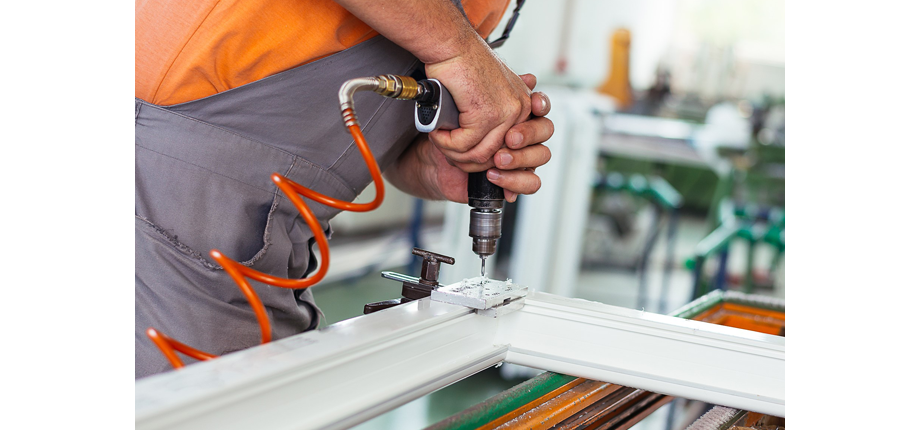By Andy Holland, Technical & Marketing Manager at Rapierstar
With social housing maintenance and capital expenditure budgets stretched thinner than ever, and a clarion call for wholesale improvements in quality throughout the UK building industry, focusing on the finer detail of the window and door specification is critical to meet this dual challenge.

Emerging from Dame Judith Hackitt’s Independent Review of Building Regulations and Fire Safety is the issue of poor quality in construction. Decades of budget pressures and the rise of ‘value engineering’ as a mandatory stage have, unfortunately, resulted in a corner-cutting culture and a ‘cheapest will do’ mindset has set in.
Developing the right window and door specification – a ‘best value’ specification rather than one of lowest cost – is crucial to ensure that tenants receive the quality they demand and help to reduce avoidable maintenance. While the type of profile, sealed units and hardware choices will be at the forefront; this process must include specifying down to the smallest components – the fasteners that are used to attach all the hinges, handles, locking systems and other ancillaries.
Window and door fasteners are too often perceived as a commodity product that requires little or no attention – and an area where perhaps a few pounds could be saved. Not so, the total opposite could result, with a high price to pay if inferior quality screws are used and poorly applied.
A corrosive issue
The top issue concerning fasteners is corrosion. Fasteners for windows and doors are usually manufactured in three types of steel – coated carbon steel, martensitic stainless steel and austenitic stainless steel. The type of metal used will depend on the location of the property and the expected service life or warranty period for the installed window or door.
Fasteners manufactured from coated carbon steel offer a basic level of resistance to corrosion, which is perfectly adequate in parts of the country. However, because we all live on an island, and most of us are never far from urban areas or busy transport routes, our atmosphere is laden with compounds that have a corrosive impact on metals. That often makes a jump up to stainless steel necessary or risk the window’s functionality failing prematurely.
Martensitic stainless steel (grade 410) is a hardened type of stainless steel – so fasteners of this type have the advantage of being suitable to drill into steel reinforcement within the profile. In certain circumstances, martensitic fasteners are ideal to provide enhanced resistance to corrosion, but there are notable exceptions.
Austenitic stainless steel is the premium choice. It is routinely specified for commercial buildings where clients are seeking extended warranties on the integrity of windows and doors. Besides, it is the only type of metal suitable for use with aluminium frames. Multiple grades are available, which provide superior levels of corrosion resistance in the harshest of climatic conditions. So, for example, if your housing stock is located in a coastal town or village, austenitic stainless steel is likely to be the best choice.
Why does the fastener matter so much?
Specifying windows and doors, so they just comply with the minimum performance standards is akin to designing a car that will just about scrape through an MOT, not one that delivers a good quality vehicle that will give many years of low maintenance driving. There is little point in specifying enhanced security locking systems or thermally superior glazing if the screws are going to corrode after only a few years and compromise the window or door’s performance.
Balancing cost with performance
It’s worth remembering that fasteners make up a tiny proportion of the overall cost of a window or door, but their impact can be significant. There is, however, a considerable variation in price between the different types of metal, so it is vital to choose the one that’s right for the application. Over specification can be easily avoided with the proper technical guidance, as much as underspecification, which will ensure the fasteners’ performance matches that of the frame and all other elements.
To get the best fastener specification advice, visit www.rapierstar.com
- Log in to post comments















